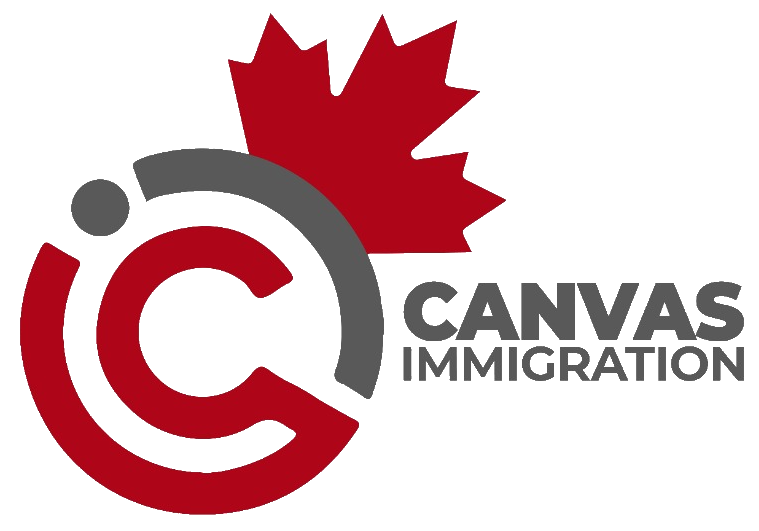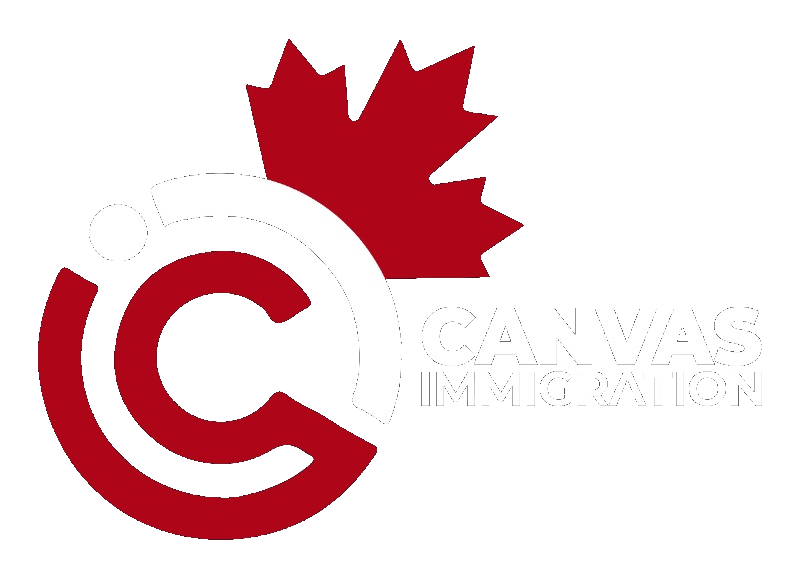Immigration, Refugees, and Citizenship Canada’s (IRCC) application backlog increased to 1,078,300 as of August 31, 2024.
According to the latest data, IRCC’s application backlog increased by 7.6% from July to August 2024.
July was already significant because the backlog had increased to over a million for the first time in months. Despite the department’s efforts to reduce the backlog, it currently stands at 1,078,300 of a total of 2,420,800 applications. This means that 1,342,500 are currently within service standards.
Discover if You Are Eligible for Canadian Immigration
Defining backlog
IRCC considers an application in backlog if it is not processed within their published service standards. These standards are the timeline the department decides is appropriate for processing an application. They vary depending on the pathway and the nature of the application. For example, IRCC aim to process most Express Entry applications within six months or less of receiving a completed application while study permits take 60 days.
IRCC says it is committed to processing 80% of all applications within service standards. The remaining 20% are applications that are deemed more complex, or requiring additional time for other reasons.
In an Access to Information request (ATIP) that CIC News received earlier this year, IRCC has said it is committed to reviewing current service standards and publishing new ones by December 31, 2024.
The backlog
Permanent Residence applications
On August 31, IRCC had 805,600 total applications in inventory for permanent residence immigration programs. These were comprised of Express Entry programs, the Express Entry-aligned streams of the Provincial Nominee Program (PNP), and family sponsorship programs for spouses, partners, and children.
Of the total applications, 37% (300,800) were considered backlog.
The department does not provide exact figures, only percentages. From this we can see the Express Entry backlog stood at 16% at the end of August, higher than the projected 15%, yet still within the acceptable 20% range according to IRCC.
Express Entry aligned PNP on the other hand stood at 22% against a projected 20%, showing a larger backlog.
Spouses, partners, and children (for outside Quebec) actually had a lower backlog than projected, with 14% of applications deemed backlog rather than 15%.
Temporary residence applications
The temporary residence backlog continues to grow. The backlog has increased from 49% in July 2024 to 53% in August 2024. This means 738,900 out of 1,386,000 total applications are currently considered backlog.
The Temporary Resident Visa (TRV) backlog is 71% against a projected 43%. Study and work permits also show large backlogs, with 32% and 47% considered backlog respectively.
Citizenship Grant
As with last month, citizenship applications are the only line of business that remains within the thresholds of the projected backlog. It still has the smallest backlog with 38,600 applications in backlog of a total 229,200. The percentage remains the same as July’s at 17%.
How is IRCC reducing the backlog?
IRCC claims to have taken many steps to reduce the backlog from its heights in 2022. The COVID-19 pandemic exacerbated the issues caused by lack of staff and misallocation of resources between international offices, and IRCC has responded by streamlining and expanding online application processes for PR and Citizenship.
The department notes that measures such as virtual citizenship ceremonies, and online portals for checking application status are expected to further reduce administrative load, while prioritizing workers from essential occupations will serve to reduce persistent labour shortages.
IRCC also plans to reduce the backlog by reducing the number of temporary residents. The departments plans to reduce the volume to 5% of current levels by introducing a “soft cap” on the number of temporary residents allowed into Canada.
Discover if You Are Eligible for Canadian Immigration

